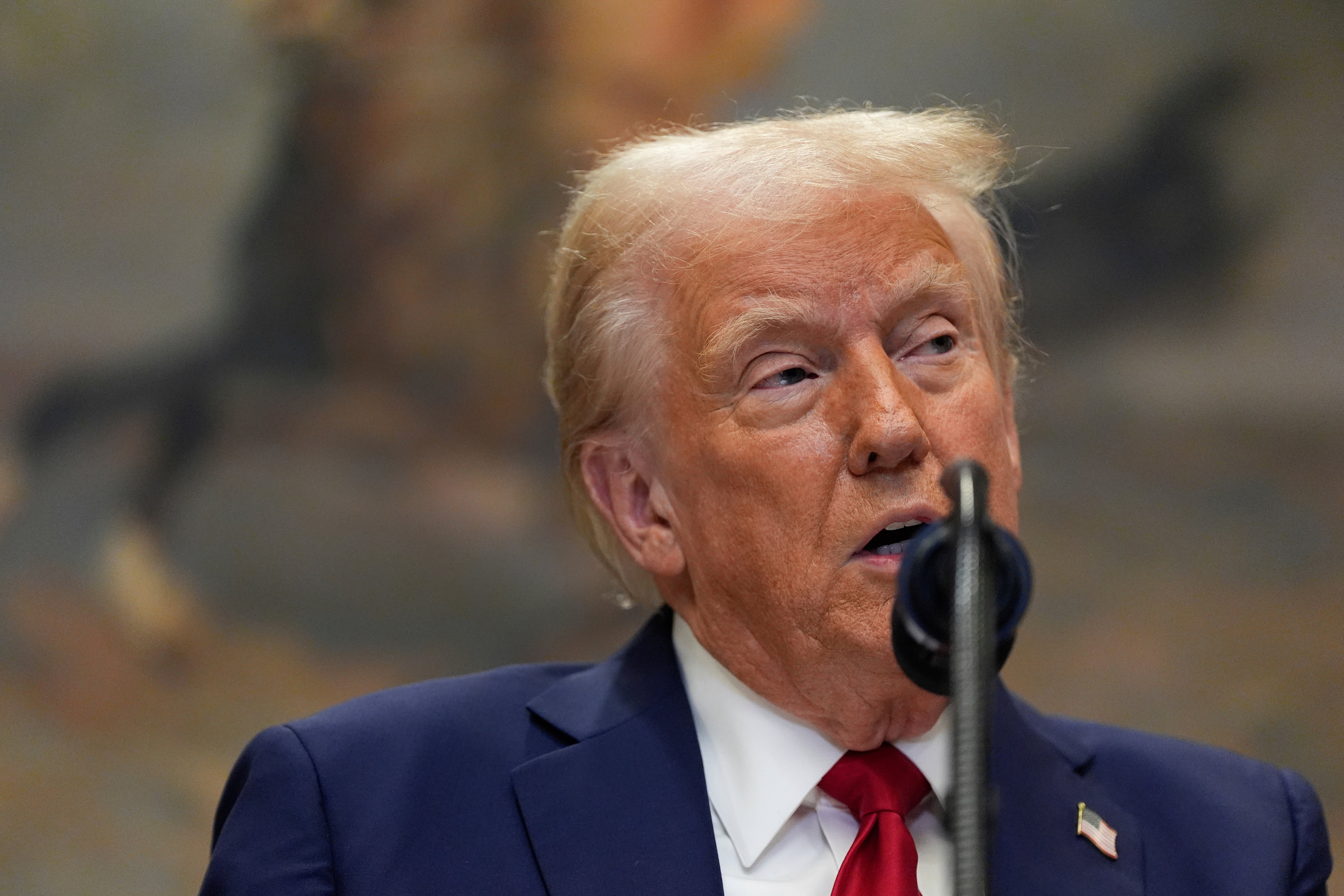With President Donald Trump’s return to the White House, there may be some changes made to the child tax credit.
Under the 2017 Tax Cuts and Jobs Act, the child tax credit has been capped at $2,000 per eligible child, double that of the 2016 tax year. During the pandemic, that figure was up to $3,600.
With Trump’s tax legislation set to expire at the end of this year, what will happen to the child tax credit remains unclear.
Tax attorney Adam Brewer told Nexstar that “Congressional action is required or the child tax credit will revert to $1,000 per child.”
“There is bipartisan support to keep the Child Tax Credit at $2,000, so that provision will most likely be extended,” he added. “Should that not occur, then as 2025 winds [down] taxpayers with children should evaluate whether to increase income tax withholding or estimated tax payments.”
The House Ways and Means Committee held a hearing this month, where Pennsylvania Republican Rep. Brian Fitzpatrick noted that the credit helps about 40 million families each year. He also invited Virginia mother Margaret Maple to speak at the hearing.
“As a stay-at-home mom and raising kids at home, there’s a lot of pressure at every angle, and a big one is financial,” she said, according to Nexstar. “It influences your marriage. It influences all your decisions, especially grocery shopping and trying to meet [the] needs [of] your growing family.”
“The child tax credit is a powerful form of communication, where the government communicates to people like me working behind the scenes, that my job raising kids is important to the stability and the prosperity of our country,” she added.

During the 2024 campaign, both Trump and Vice President Kamala Harris, the Democratic nominee, supported the tax credit but differed on who should receive it.
Childhood poverty remains a significant issue in the U.S., with the group most likely to face poverty and eviction being children under the age of five. More than one in six people under 18 live below the federal poverty line, according to government figures. At the same time, the cost of groceries, childcare, and housing are on the rise, making it more expensive to raise children.
At this time, the child tax credit hands families a $2,000 discount on their tax bill for every child under the age of 17 that they care for. For families who pay less than $2,000 in income taxes, they get a smaller benefit, while parents who aren’t working get no benefit.
Harris noted her support for a plan that would incorporate monthly payments instead of a tax refund, which would include benefits for non-working parents and those who paid no income taxes. While some Republicans backed the child tax credit, they pushed back against the notion of handing payments to non-working parents.
Former Senate Republican Leader Mitch McConnell said it would amount to “cash welfare instead of relief for working taxpayers.”
The chairman of the House Ways and Means Committee, Rep. Jason Smith of Missouri, said during a hearing earlier this month that “The last thing families need is to see Washington slashing their child tax credit in half,” according to CNBC.
The Tax Cuts and Jobs Act of 2017 restricted the refundable part of the child tax credit, which led to a reduction in the benefits for lower-income families with no taxes to pay.
The vice president for federal tax policy at the Center on Budget and Policy Priorities, Chuck Marr, told CNBC, “The child tax credit is upside down because it gives more benefits to higher-income people than lower-income people.”



